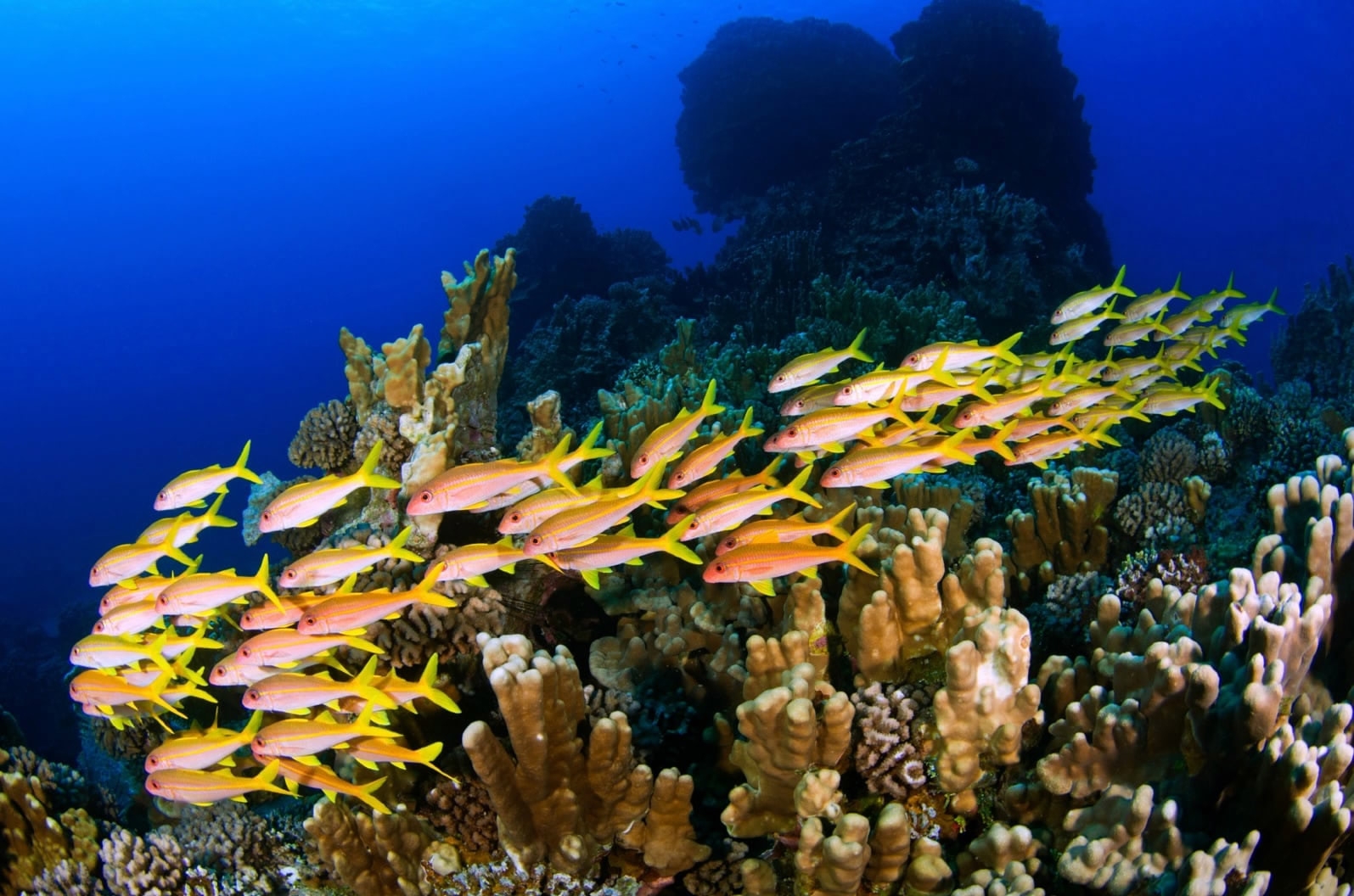
Tech & Sci
15:23, 10-Sep-2017
Chile creates reserve around Easter Island to protect marine life

Chilean President Michelle Bachelet officially created a 740,000-square-kilometer (286,000-square-mile) marine reserve on Saturday around remote Easter Island, a move that will protect dozens of species found nowhere else.
The move follows five years of efforts by environmental organizations and the Rapa Nui people of Easter Island, famous for its extreme isolation and mysterious stone statues known as Moai. The creation of the Rapa Nui Rahui Marine Protected Area restricts commercial fishing and underwater mining while allowing local artisanal fishermen to continue with their craft.

Easter Island is known for its 1,500-year-old mysterious congregation of volcanic rock sculptures. /AFP Photo
Easter Island is known for its 1,500-year-old mysterious congregation of volcanic rock sculptures. /AFP Photo
“Public participation leads to better policy with a deeper connection to those who are affected, and we were committed to consultation with the Rapa Nui,” Marcelo Mena, Chile’s environment minister said in a statement released by the Pew Bertarelli Ocean Legacy Project.
“That resulted in a vote to approve this marine protected area, limiting extractive techniques to those that are traditional to the Rapa Nui people,” the statement said.
In 2015, Bachelet first committed to creating the marine reserve, after lobbying from residents. Seventy-three percent of voters on the island – some 3,800 kilometers west of Chilean capital Santiago – chose to approve the park earlier in September.

Up to 77% of the Pacific Ocean’s fish abundance occurs in Rapa Nui and recent expeditions discovered several new species. /Pew Trust Photo
Up to 77% of the Pacific Ocean’s fish abundance occurs in Rapa Nui and recent expeditions discovered several new species. /Pew Trust Photo
“The Rapa Nui themselves said, ‘We don’t want industrial fishing, we don’t want mining.’ They want to continue their traditions. They want to continue with artisanal fishing,” Ludovic Burns Tuki, head of a Rapa Nui group in favor of the reserve, told Reuters.
According to environmental organizations backing the designation, the reserve will be home to many globally threatened species such as the scalloped hammerhead shark and southern blue fin tuna. At least 142 fish species in the protected area occur nowhere else.
15612km
Source(s): Reuters

SITEMAP
Copyright © 2018 CGTN. Beijing ICP prepared NO.16065310-3
Copyright © 2018 CGTN. Beijing ICP prepared NO.16065310-3